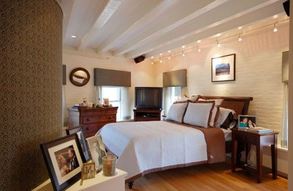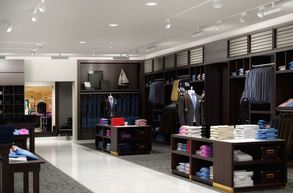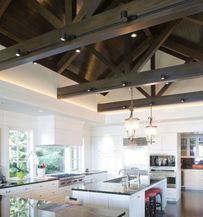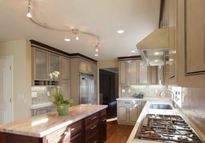A modern take on track lighting is using track suspension kits. These kits allow you to hang track from ceilings which looks great in exposed high ceilings life lofts or creative spaces. Next, determine the layout and how you are going to power your system. Track lighting is versatile in the sense that there are different lengths and shapes for track sections so you can create the perfect layout for your space. You can choose from curved and flexible track for a contemporary look or a straight section for long runs. When determining the placement of your track, install it about 18”-24” away from the wall you wish to light for the best illumination. There are two ways to power your system – connecting the power supply to a junction box or using a power cord in a standard electrical outlet. A plug-in track light requires no wiring but may not have the cleanest look. The fixture must also be located near an outlet. Connecting to a junction box, or hard-wiring, offers a more finished look. However, if no junction box is available, you will need to install one which may require the services of an electrician. 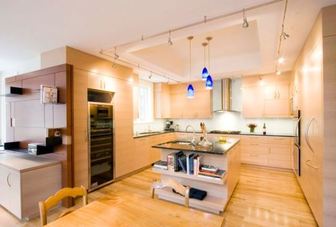 Lastly, choose your track heads and bulbs. You’ll first need to determine if the purpose of the light is to illuminate a task, such as food preparation, or to provide general lighting in a room. Track heads have a more focused light for tasks or drawing attention to artwork or displays. Whereas pendants offer a more general light, perfect for ambient lighting. Once you’ve chosen your track head type, you’ll need to choose the bulb. Low voltage systems use halogen or LED MR16 and MR11 bulbs. Line voltage systems can use a wider variety, depending on the fixture recommendation, such as MR16, MR11 and PAR20 bulbs. Each of these types of bulbs also come in different beam angles – spot bulbs have a beam angle under 25 degrees and flood bulbs have beam angle of 25 degrees or higher. If you choose an LED bulb, this will also provide more options based on color temperature ranging from warm to cool white. Track lighting can become overwhelming with a ton of options, requirements and planning involved. Give our Customer Service team a call at 877.231.2852 and they will be happy to assist you in finding the perfect system for your space. You can also email or leave a comment below. Photo credit: 1,2,3,4,5
4 Comments
Brittney @ Lighting Supply
3/15/2019 01:29:59 pm
Thank you, glad you enjoyed the article!
Reply
3/30/2020 02:06:58 am
Wow! Great Ideas, It’s look incredible 🙂 Thanks for sharing Keep Posted!
Reply
8/5/2020 02:38:01 am
I was looking for a detail article about track lighting. Actually, I gonna order 3 set of track lighting fixtures tomorrow. Thanks for the article.
Reply
Your comment will be posted after it is approved.
Leave a Reply. |
This blog's content is copyright © 2014-19 Lighting Supply.

